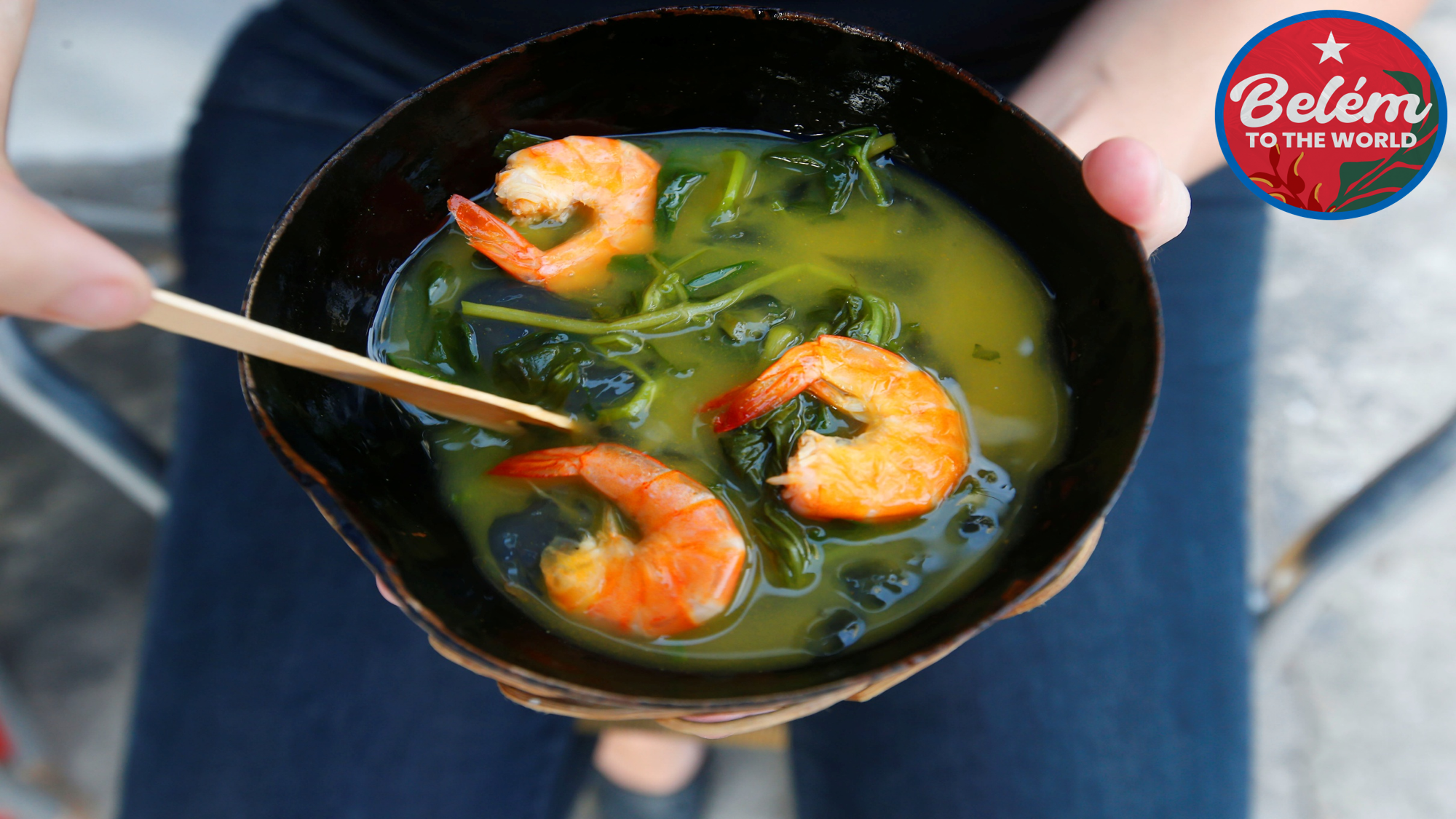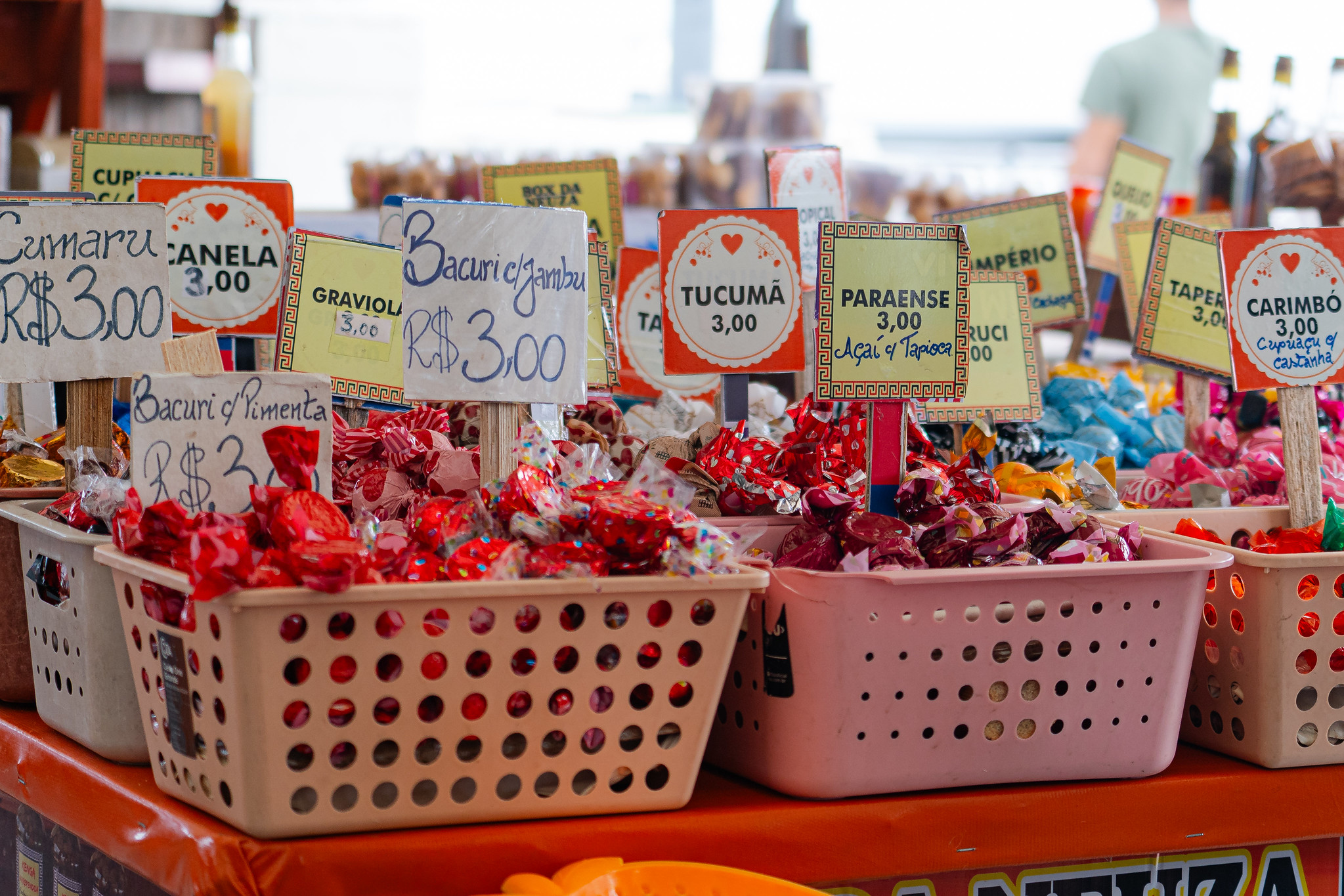On the Road to COP30, the Capital of Pará Showcases Its Showcases Its Culinary Wealth
Discover a bit of Pará’s culinary scene, which participants at the world’s largest climate conference will be able to experience this November. Among the typical dishes are tacacá, pato no tucupi, and maniçoba, as well as the already globally known açaí, but traditionally served with fish.

By Maiva D’Auria | COP30
As the host of COP30 and the gateway to the Amazon, the capital of Pará carries in every corner a story of resistance, diversity, and cultural richness. Though it is a modern urban center with nearly 1.4 million inhabitants, Belém preserves the traditional charm of colonial-era mansions, squares, churches, and chapels. A metropolis that pulses with culture, innovation, tradition, and beauty. Amid the rhythm of carimbó, the taste of açaí, the warmth of paradisiacal beaches, and the joy of a charismatic and welcoming people, Brasil is preparing to show the world that development, environmental preservation, and social justice not only can coexist but must go hand in hand.
As the world’s largest climate conference draws near, this special series offers a glimpse into what makes Belém a postcard-worthy symbol of Northern Brasil. It is an invitation to discover—and be captivated by—the capital of the Amazon, which is preparing to welcome the world.
Epicenter of Pará’s Cuisine
Belém is home to one of Brasil’s oldest markets and the largest open-air market in Latin America: the iconic Ver-o-Peso Market, inaugurated in 1625. It is a space overflowing with the aromas, colors, and flavors of Pará, bringing together the full diversity of the region’s culinary traditions.
At Ver-o-Peso, the stalls display fresh fish and shrimp, a wide variety of vegetables and fruits, flours and spices of every kind, natural remedies, herbs, folk cures, and countless other items found only in this unique market. Amid this vibrant bustle, Ulisses Silva runs his stall serving açaí with fried fish—one of the most traditional dishes sold at the site.
The vendor grew up in Ver-o-Peso Market, where he began working as a teenager at just 13 years old, helping at his mother’s stall. Over time, he carved out a space of his own. His dream is to see the world discover and appreciate the rich culinary heritage of Northern Brasil.

“The cuisine here is our treasure. Açaí with fried fish, rice, beans, pasta, a little salad—fish is on every table. What is hard is for tourists to taste the kinds of fish that only exist in Brasil, like dourado, filhote, and pirarucu. So that is going to be our big mission: getting them to try our fish. To showcase our food,” the vendor emphasizes.
Another traditional dish from Pará is tacacá—a soup of Indigenous origin made with tucupi (a broth extracted from manioc), dried shrimp, tapioca, and jambu, a plant commonly found in Northern Brasil that causes a mild numbing and tingling sensation in the mouth and tongue. Or, as locals say, it makes you 'tremble' and salivate.
There is also the irresistible pato no tucupi—duck meat simmered in tucupi broth with jambu and aromatic herbs—and maniçoba, a dish made from the leaves of wild manioc (maniva), which are cooked for several days to eliminate cyanic acid, a toxic compound. After this long preparation, the maniva is combined with pork, cured beef, sausage, and a variety of seasonings.
And it does not stop there: duck rice and the traditional pirarucu—one of the largest freshwater fish species in the world—are among the typical dishes you absolutely must try.
For dessert, cupuaçu sweets—made from a large, oval fruit with creamy white pulp—tapioca pudding, Brasil nut bonbons, and ice creams made from endemic regional fruits promise an explosion of Amazonian flavors.

Just a few steps from Ver-o-Peso lies Estação das Docas, a charming culinary complex that is truly an invitation to sit back, savor the region’s delights, and enjoy a breathtaking sunset along the shores of Guajará Bay.
